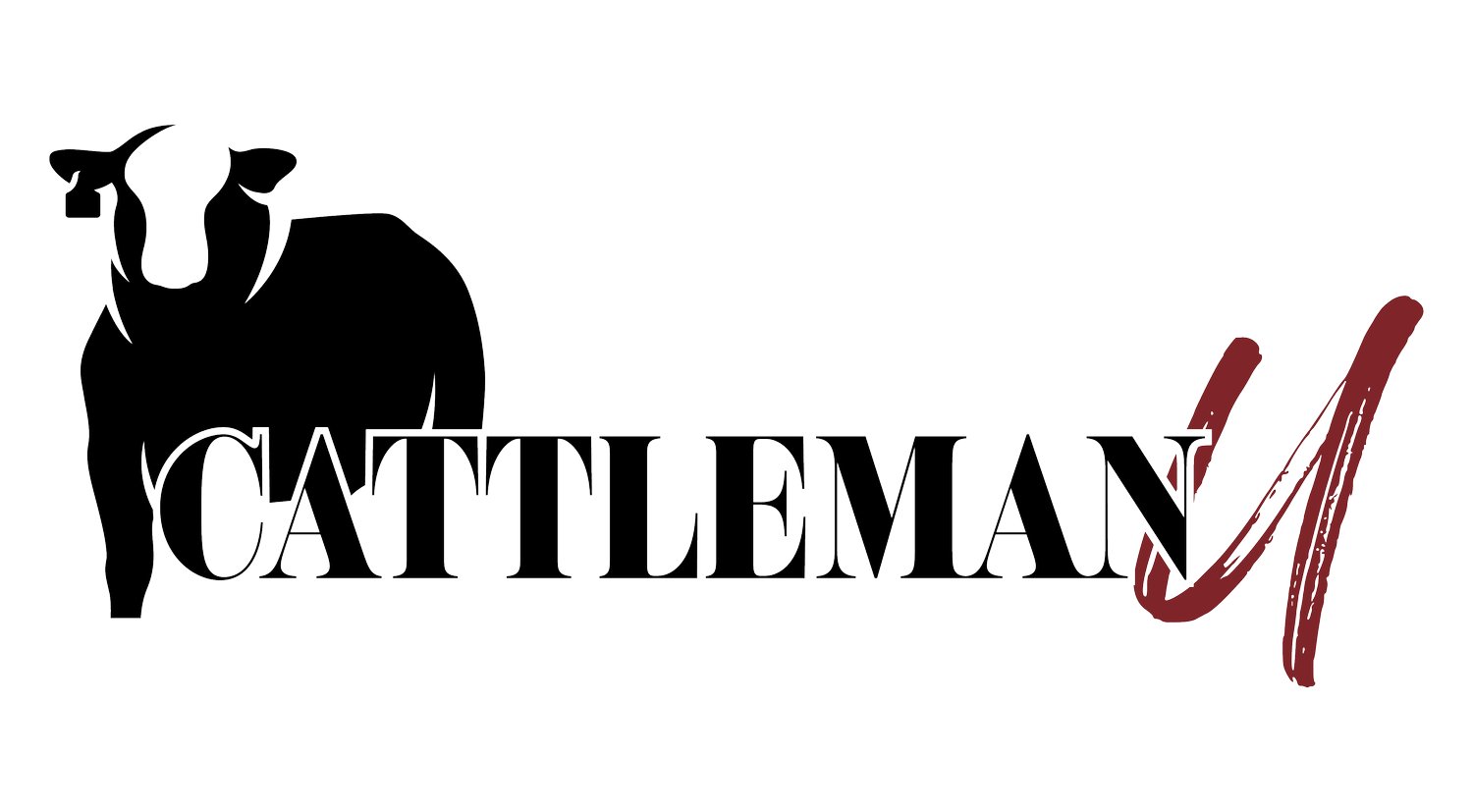April Whiplash: High Prices, Tight Inventory, and a Mexican Standoff
Cattle Market Update: April 2024 vs. April 2025
The spring cattle market continues to offer plenty to talk about. Looking back at April 2025 compared to the same time last year, volatility was a defining theme. Prices jumped and dropped with little warning, largely driven by headlines and speculation. Yet, despite the ups and downs, the market showed resilience—rebounding quickly from any dips.
Forward Contracting & Spring Calves
As we moved into May, many producers began forward contracting and preparing for turnout. The scramble to fill grass leases earlier in the season left some buyers with limited options, especially as cattle numbers remained tight. Historically, yearlings are often purchased in late April or early May, but this year, if you didn’t already have your yearlings lined up, you may be out of luck.
Rising Prices & LRP Decisions
Cattle prices remain historically high. The CME Feeder Cattle Index hit a peak at $2.95/lb on April 28, a far cry from the $1/lb prices common a decade ago. Many producers have turned to Livestock Risk Protection (LRP) policies, though even those can feel like a gamble with the current volatility.
Inventory Trends & Bred Heifers
With national inventory still down, producers are adapting. There's a visible shift toward retaining heifers for breeding, suggesting we’ll see more bred heifers hitting the market this fall. This could flood the market temporarily, but it's also a sign that herds may be slowly rebuilding.
Slaughter Bull Activity
Slaughter bull numbers were up in April 2025 compared to 2024, aside from the Easter week dip. Bulls that once might have lasted 8–10 years are now commonly replaced after 4–6. Whether this is due to breeding changes, longevity issues, or market opportunity (some slaughter bulls brought $6,000 at auction), it's something for producers to watch.
Rebreeds & Market Integrity
More cows are being sent to town with their calves pulled. While some head to slaughter, others may be rebred and marketed again. Labeling and transparency matter—buyers need to know if they’re purchasing rebreeds and why the cows lost their calves. This ties into a larger conversation about branding and market trust when cattle from multiple family operations are grouped for sale.
U.S.-Mexico Import Ban
A major headline in April was the USDA’s suspension of live animal imports from Mexico, including cattle, bison, and equines (official USDA notice). While this might not have an immediate impact in the northern U.S., it's a game changer in border states. The move, prompted by disease traceability concerns, underscores the urgent need for stronger tracking systems on both sides of the border.
Nearly 1 million head of cattle cross annually from Mexico to the U.S., making this ban a significant disruption. The issue isn't rapid disease spread, but rather inadequate traceability. With cases appearing hundreds of miles from the border, officials are re-evaluating how livestock movements are tracked and controlled.
Looking Ahead
April 2025 showed that while prices remain strong, challenges persist—from cattle availability to import restrictions. As always, those who stay informed and adaptable will be better positioned to navigate what's ahead.
Did you enjoy today’s post? Want more resources?
Get ahead of the curve by listening to our Weekly Podcast Episode. No fluff, just real talk from the ground up. Hit play and stay ahead of the curve. Listen now — your herd (and your bottom line) will thank you!
And while you’re at it, explore more free guides and resources built for ranchers like you:
Join our Weekly Email — packed with real-world insights and early-bird discounts
Watch episodes on our Video Podcast Channel
Connect with Us
Stay in the loop and follow along:
📸 @cattlemanu| @krosecompany| @rose.karoline
💻 KRose Company | Cattleman U
